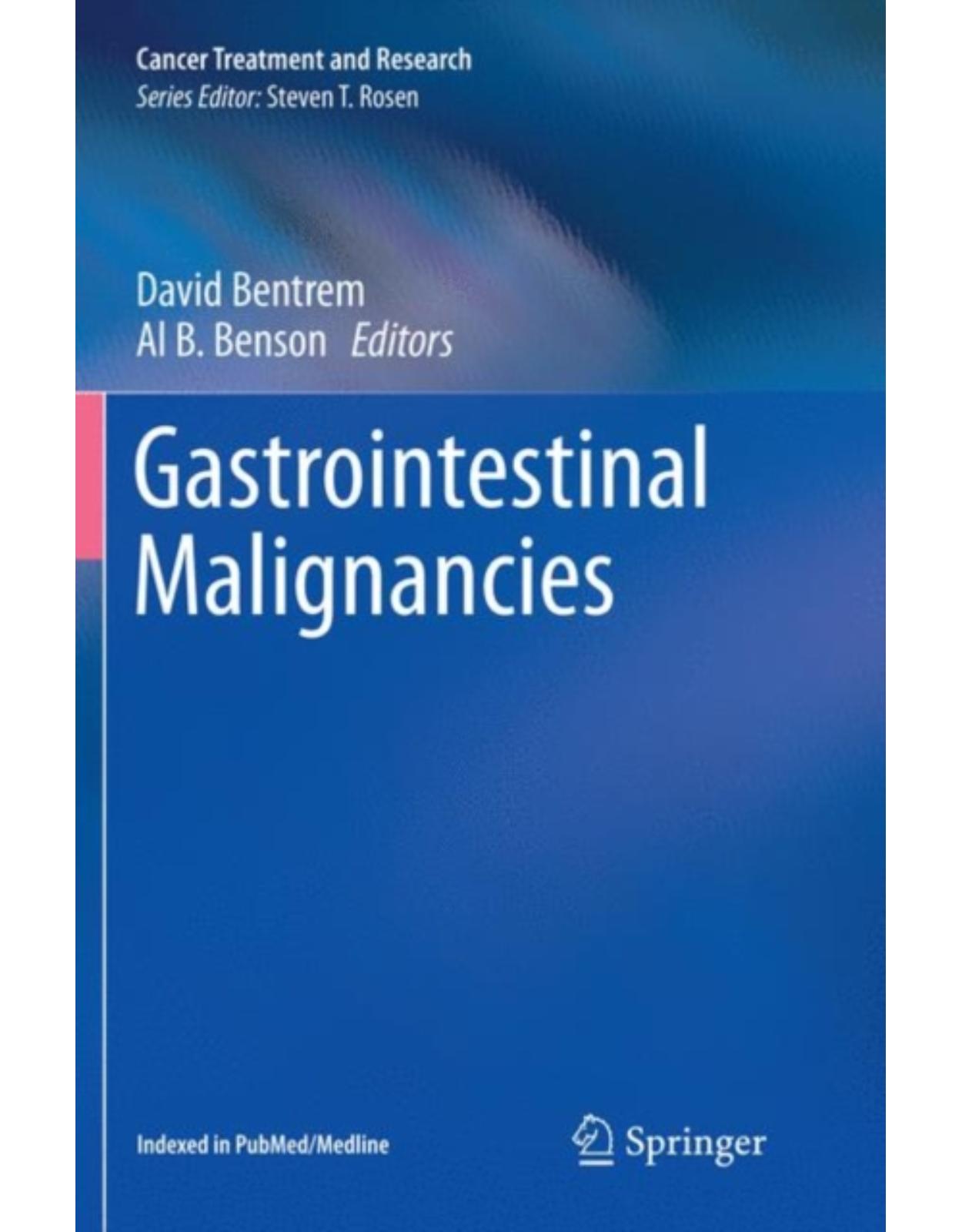
Gastrointestinal Malignancies
Livrare gratis la comenzi peste 500 RON. Pentru celelalte comenzi livrarea este 20 RON.
Disponibilitate: La comanda in aproximativ 4 saptamani
Autor: David Bentrem, Al B. Benson
Editura: Springer
Limba: Engleza
Nr. pagini: 479
Coperta: Paperback
Dimensiuni: 155 x 235 mm
An aparitie: 07 Jun 2018
Description:
This book comprehensively summarizes the current state of knowledge on malignancies of the gastrointestinal tract. Dedicated organ-based chapters evaluate current treatments and management and provide information on incidence, etiology and biological characteristics. The state of the art in the radiologic and endoscopic staging of gastrointestinal malignancies is described, and guidance is offered on the role of interventional radiology and interventional gastroenterology in the treatment of these challenging tumors. In addition, the book explores novel and evolving treatments, including personalized systemic therapy and minimally invasive surgical and radiology techniques, and addresses patient-reported outcomes and survivorship challenges. It closes by discussing animal models of gastrointestinal malignancies and examining the significance of the Ras superfamily of GTPases. It will be of benefit to all surgeons, oncologists and other specialists who treat these malignancies, as well as to trainees looking to increase their understanding of the field.
Table of Contents:
1 Gastric and Small Bowel Tumors
Abstract
1 Gastric Adenocarcinoma
1.1 Classification
1.2 Risk Factors
1.3 Clinical Evaluation
1.4 Staging
1.5 Surgical Management
1.6 Lymph Node Dissection
1.7 Endoscopic Mucosal Resection
1.8 Neoadjuvant Therapy
1.9 Adjuvant Therapy
2 Gastrointestinal Stromal Tumor
2.1 Clinical Evaluation
2.2 Staging
2.3 Surgical Management
2.4 Nonsurgical Management
3 Small Bowel Tumors
3.1 Clinical Evaluation
3.2 Surgical Management
References
2 Pathologic Features of Esophageal and Gastric Malignancies
Abstract
1 Esophagus
1.1 Squamous Cell Carcinoma
1.1.1 Clinical Features
1.1.2 Gross Pathology
1.1.3 Microscopic Pathology
1.1.4 Prognostication
1.1.5 Molecular Pathology
1.2 Esophageal Adenocarcinoma
1.2.1 Clinical Features
1.2.2 Gross Pathology
1.2.3 Microscopic Pathology
1.2.4 Prognostication
1.2.5 Molecular Pathology
1.3 Other Esophageal Carcinomas
1.3.1 Adenosquamous Carcinoma
1.3.2 Mucoepidermoid Carcinoma
1.3.3 Adenoid Cystic Carcinoma
2 Stomach
3 Gastric Adenocarcinoma
3.1 Pathogenesis of Gastric Carcinoma
3.2 Gross Pathology
3.2.1 Microscopic Pathology
3.3 Molecular Pathology
3.4 Prognostic Factors
References
3 Pathologic Features of Miscellaneous Foregut Malignancies
Abstract
1 Neuroendocrine Neoplasms
1.1 Clinical Features
1.2 Pathologic Features
1.3 Molecular Pathology
2 Mesenchymal Tumors of Foregut
2.1 Gastrointestinal Stromal Tumor (GIST)
2.1.1 Gross Pathology
2.1.2 Microscopic Pathology
2.1.3 Molecular Pathology
2.2 Synovial Sarcoma
2.2.1 Pathologic Features
2.3 Leiomyosarcoma
2.4 Rhabdomyosarcoma
3 Melanoma
4 Lymphoma
4.1 Gross Pathology
4.2 Microscopic Pathology
References
4 Management Controversies and Treatment Strategies for Borderline Resectable Pancreatic Cancer
Abstract
1 Introduction
2 Radiographic Staging and Definition of Borderline Resectable Pancreatic Head Cancer
3 Rationale and Current Evidence for Neoadjuvant Therapy for Borderline Resectable Disease
4 Surgical Management of Borderline Resectable Pancreatic Cancer
4.1 Technical Considerations
5 Conclusion
References
5 Pathologic Features of Primary Pancreatic Malignancies
Abstract
1 Premalignant Lesions
1.1 Solid Pseudopapillary Neoplasm
1.1.1 Molecular Pathology and Associated Syndromes
1.1.2 Pathologic Features
1.2 Mucinous Cystic Neoplasm
1.2.1 Molecular Pathology and Associated Syndromes
1.2.2 Gross Pathology
1.2.3 Microscopic Pathology
1.3 Pancreatic Intraepithelial Neoplasia
1.3.1 Molecular Pathology and Associated Syndromes
1.3.2 Pathologic Features
1.3.3 Intraductal Papillary Mucinous Neoplasm
1.3.4 Molecular Pathology and Associated Syndromes
1.3.5 Gross Pathology
1.3.6 Microscopic Pathology
2 Malignant Lesions
2.1 Pancreatic Ductal Adenocarcinoma
2.1.1 Gross Pathology
2.1.2 Molecular Pathology and Associated Syndromes
2.1.3 Microscopic Pathology
2.2 Neuroendocrine Tumors
2.3 Pathologic Features
2.4 Acinar Cell Carcinoma
2.5 Molecular Pathology and Associated Syndromes
2.6 Pathologic Features
2.7 Pancreatoblastoma
2.8 Molecular Pathology and Associated Syndromes
2.9 Pathologic Features
References
6 Gall Bladder Cancer
Abstract
1 Introduction
1.1 Polyps
1.2 Calcifications
2 Preoperative Planning
2.1 Diagnosis
2.2 Staging
2.3 Imaging
2.4 Neoadjuvant Therapy
3 Surgical Technique
4 Postoperative Management
4.1 Follow-up
4.2 Chemotherapy
4.3 Radiation Therapy
5 Complications
5.1 Bile Duct Injury/Leak
5.2 Port-Site Disease
6 Results
7 Conclusions
References
7 Diagnosis and Management of Intrahepatic and Extrahepatic Cholangiocarcinoma
Abstract
1 Introduction
2 Classification
3 Epidemiology
4 Risk Factors
4.1 Primary Sclerosing Cholangitis (PSC)
4.2 Parasitic Infection
4.3 Hepatolithiasis
4.4 Viral Hepatitis and Cirrhosis
4.5 Other Risk Factors
5 Clinical Presentation
6 Diagnosis
6.1 Imaging Studies
6.1.1 Transabdominal Ultrasonography
6.1.2 Multidetector Computed Tomography (MDCT)
6.1.3 Magnetic Resonance Imaging (MRI) and Magnetic Resonance Cholangiopancreatography (MRCP)
6.1.4 Direct Cholangiography
6.1.5 Endoscopic Ultrasonography (EUS)
6.1.6 Intraductal Ultrasound (IDUS)
6.1.7 Choledochoscopy (Intraductal Endoscopy, Cholangioscopy)
6.1.8 Positron-Emission Tomography (PET)
6.2 Histology
6.3 Serum Markers
6.4 Staging
6.4.1 Intrahepatic CC
6.4.2 Perihilar CC
6.4.3 Distal Extrahepatic CC
6.5 Treatment
6.6 Surgical Resection
6.6.1 Assessment of Resectability
6.6.2 Preoperative Biliary Drainage
6.6.3 Portal Vein Embolization (PVE)
6.6.4 Neoadjuvant Therapy
6.6.5 Surgical Considerations and Technique
6.6.6 Perioperative and Long-term Outcomes
6.7 Adjuvant Therapy
6.7.1 Adjuvant Chemotherapy
6.7.2 Adjuvant Radiation Therapy
6.7.3 Adjuvant Chemoradiotherapy
6.8 Transplantation
6.9 Palliation
6.10 Surgical
6.11 Endoscopic (or Percutaneous) Biliary Drainage
6.12 Radiation Therapy
6.13 Chemotherapy
6.14 Chemoradiation
6.15 Transarterial Chemoembolization
6.16 Photodynamic Therapy
7 Conclusions
Acknowledgments
References
8 Hepatocellular Carcinoma: Surgical Management and Evolving Therapies
Abstract
1 Introduction
2 Etiology
3 Prevention
4 Staging
5 Surgical Therapy
5.1 Patient Selection
5.2 Liver Resection for HCC
5.3 Liver Transplantation for HCC
5.4 Resection Versus Transplantation
5.5 Multimodality Strategies
6 Non-surgical Therapy
6.1 Potentially Curative
6.2 Palliative
7 Conclusions
References
9 Clinical Features of Metastatic Hepatic Malignancies
Abstract
1 Introduction
2 Natural History of Unresected Colorectal Liver Metastases
3 Preoperative Evaluation
4 Indications for Surgery
5 Partial Hepatectomy
6 Adjuncts to Exploration at the Time of Surgery
7 Results of Partial Hepatectomy for Metastatic Colorectal Cancer
7.1 Survival
7.2 Morbidity
7.3 Prognostic Variables
8 Timing of Liver Resection
9 Follow-up After Resection
10 Chemotherapy for Advanced Colorectal Cancer
11 Neoadjuvant Therapy Prior to Partial Hepatectomy
12 Partial Hepatectomy for Other Metastatic Liver Tumors
12.1 Neuroendocrine Tumors
12.2 Non-neuroendocrine, Non-colorectal Hepatic Metastases
13 Summary
References
10 Repeat Hepatectomy for Colorectal Liver Metastases
Abstract
1 Introduction
2 Primary Resection for Colorectal Liver Metastases
3 Repeat Hepatectomy for Colorectal Liver Metastases
3.1 Introduction
3.2 Indications for Repeat Hepatectomy
3.3 Preoperative Evaluation
3.4 Results After Repeat Hepatectomy
4 Prognostic Factors After Repeat Hepatectomy
5 Chemotherapy Strategy for Recurrent Disease
6 Conclusion and Recommendations
Appendix
References
11 Minimally Invasive Surgery of the Liver
Abstract
1 Introduction
2 Laparoscopic Assisted Hepatectomy
3 Minimally Invasive Robotic Assisted Hepatectomy
References
12 Locoregional Therapies for Primary and Secondary Hepatic Malignancies
Abstract
1 Introduction
1.1 Hepatic Malignancies
1.1.1 Primary Hepatic Malignancies
Hepatocellular Carcinoma (HCC)
Intrahepatic Cholangiocarcinoma (ICC)
1.1.2 Secondary Hepatic Malignancies
Metastatic Colorectal Carcinoma (mCRC)
Metastatic Neuroendocrine Tumors (mNET)
Other Secondary Malignancies
1.2 Interventional Oncology
1.3 Hepatic Anatomy
1.4 Multidisciplinary Effort
1.4.1 Monitoring Response to Treatment
2 Catheter-Based Transarterial Therapies
2.1 Bland Embolization
2.1.1 Introduction
2.1.2 Procedure
2.1.3 Uses of Bland Embolization
2.1.4 Complications
Post-embolization Syndrome
Groin Injury
Abscess
2.2 Transarterial Chemoembolization (TACE)
2.2.1 Introduction
2.2.2 Procedure
2.2.3 Uses of TACE
2.2.4 Combination Therapies
TACE/RFA
TACE/Surgery
TACE/Ethanol Ablation
2.2.5 Complications
Post-embolization Syndrome
Hepatobiliary Complications
Gastrointestinal Complications
Vascular Injury
Other Complications
2.3 TACE with Drug-Eluting Beads (DEB TACE)
2.3.1 Introduction
2.3.2 Procedure
2.3.3 Uses of DEB TACE
2.3.4 Complications
2.4 Radioembolization
2.4.1 Introduction
2.4.2 Procedure
Pre-procedure Angiography/Tc-99m MAA Scan
Radioembolization
2.4.3 Available Devices
Yttrium-90 Microspheres (Glass/Resin)
TheraSphere®
SIR-Spheres
Iodine-131 Labeled Iodized Oil (I-131 Lipiodol)
Rhenium-188 HDD Labeled Iodized Oil
Phosphorus-32 Glass Microspheres
Milican/Holmium-166 Microspheres (HoMS)
2.4.4 Uses of Radioembolization
HCC
ICC
mCRC
mNET
Other Secondary Malignancies
2.4.5 Complications
Post-embolization Syndrome
Hepatobiliary Toxicity
Biliary Complications
Fibrosis
Radiation Pneumonitis
Gastrointestinal Complications
Vascular Injury
3 Thermal Ablative Therapies
3.1 Radiofrequency Ablation
3.1.1 Introduction
3.1.2 Procedure
3.1.3 Uses of RFA
3.1.4 Complications
Hemorrhage
Tumor Lysis Syndrome
Liver Abscess
Tumor Seeding
Post-ablation Syndrome
Biliary Complications
Grounding Pad Burns
3.2 Microwave Ablation
3.2.1 Introduction
3.2.2 Procedure
3.2.3 Uses of Microwave Ablation
3.2.4 Complications
3.3 Laser Ablation
3.3.1 Introduction
3.3.2 Procedure
3.3.3 Uses of Laser
3.3.4 Complications
3.4 Ultrasound Ablation
3.5 Cryoablation
3.5.1 Introduction
3.5.2 Procedure
3.5.3 Uses of Cryoablation
3.5.4 Complications
4 Chemical Ablative Therapies
4.1 Ethanol Ablation
4.1.1 Introduction
4.1.2 Procedure
4.1.3 Uses of Ethanol Ablation
4.1.4 Complications
4.2 Acetic Acid Ablation
5 Other Ablative Therapies
5.1 Irreversible Electroporation (IRE)
6 Conclusion
References
13 Pathologic Features of Primary and Metastatic Hepatic Malignancies
Abstract
1 Primary Liver Tumors
1.1 Hepatocellular Carcinoma
1.1.1 Classical-Type HCC
1.2 Variants of HCC
1.2.1 Fibrolamellar Carcinoma (FLC)
1.2.2 Sclerosing (Scirrhous) HCC
1.2.3 Clear Cell HCC
1.2.4 Sarcomatoid (Spindle Cell) HCC
1.2.5 Pleomorphic (Giant Cell) HCC
1.3 Cholangiocarcinoma
1.4 Intraductal Growth of Intrahepatic Cholangiocarcinoma Arising from Intraductal Papillary Mucinou
1.5 Biliary Cystadenocarcinoma Arising from Biliary Mucinous Cystic Neoplasm
1.6 Combined Hepatocellular Carcinoma-Cholangiocarcinoma
1.7 Malignant Pediatric Tumors
1.7.1 Hepatoblastoma
1.7.2 Undifferentiated (Embryonal) Sarcoma
1.8 Malignant Vascular Tumors
1.8.1 Epithelioid Hemangioendothelioma (EH)
1.8.2 Angiosarcoma
1.8.3 Kaposi Sarcoma
2 Other Malignant Primary Tumors
3 Metastatic Tumors
3.1 Metastatic Colonic Adenocarcinoma
3.2 Metastatic Neuroendocrine Tumor/Carcinoma
3.3 Metastatic Breast Adenocarcinoma
3.4 Metastatic Gastrointestinal Stromal Tumor (GIST)
References
14 Robotic Rectal Cancer Surgery
Abstract
1 Background
2 Surgical Technique
3 Short-Term Outcomes
3.1 Operative Characteristics
3.2 Postoperative Characteristics
3.3 Pathologic Characteristics
4 Long-Term Outcomes
4.1 Survival
4.2 Sexual and Urinary Function
5 Learning Curve
6 Cost
7 Summary and Future Directions
References
15 Pathologic Features of Primary Colon, Rectal, and Anal Malignancies
Abstract
1 Conventional Colorectal Adenocarinoma
1.1 Risk Factors for Colorectal Cancer
1.2 Precursor Lesions of the Colon and Rectum
1.2.1 Tubular Adenoma (Conventional Dysplasia)
1.2.2 Sessile Serrated Polyp/Adenoma
1.2.3 Traditional Serrated Adenomas
1.3 Invasive Adenocarcinoma
1.3.1 Clinical Presentation
1.3.2 Gross Pathology
1.3.3 Microscopic Pathology
2 Colorectal Carcinomas with Microsatellite Instability
2.1 Histologic Features
2.2 Histologic Variants of MSI-H Colorectal Adenocarcinoma
2.2.1 Medullary Carcinoma
Gross Pathology
Microscopic Pathology
2.2.2 Mucinous Carcinoma
2.2.3 Signet Ring Cell Carcinoma
3 Hereditary Colon Cancer Syndromes
3.1 Autosomal Dominant
3.2 Autosomal Recessive
4 Neuroendocrine Tumors
4.1 Gross Pathology
4.2 Microscopic Pathology
5 Primary Colorectal Lymphoma
5.1 Diffuse Large B-Cell Lymphoma
5.1.1 Gross Pathology
5.1.2 Microscopic Pathology
5.2 Mantle Cell Lymphoma
5.2.1 Gross Pathology
5.2.2 Microscopic Pathology
6 Gastrointestinal Stromal Tumors
6.1 Pathologic Features
7 Appendiceal Neoplasms
7.1 Mucinous Neoplasms of the Appendix
7.2 Neuroendocrine Tumors of the Appendix
8 Squamous Cell Carcinoma (SCC) of the Anus
8.1 Pathologic Features
References
16 Importance of Adequate Lymphadenectomy in Gastrointestinal Cancer
Abstract
1 Background
2 History
3 Esophageal Cancer
4 Gastric Cancer
5 Pancreatic Cancer
6 Colon Cancer
7 Rectal Cancer
8 Conclusions
References
17 Circulating Tumor Cells in Gastrointestinal Cancer: Current Practices and Future Directions
Abstract
1 Introduction
2 Circulating Tumor Cells
2.1 Enrichment and Detection of CTCs
2.2 Clinical Implications of CTCs
3 CTCs as a Biomarker in Gastrointestinal Cancers
3.1 Overview of Studies
3.2 CTCs in Esophageal Cancer
3.3 CTCs in Gastric Cancer
3.4 CTCs in Pancreatic Cancer
3.4.1 CTCs in Neuroendocrine Tumors
3.5 CTCs in Liver Cancer
3.6 CTCs in Biliary Cancers
3.7 CTCs in Colon Cancer
4 Molecular Characterization and Sequencing of CTCs
5 Conclusions
References
18 Cost-Effectiveness Analysis in Cancer Care
Abstract
1 Introduction
2 Methodology
3 Modeling
4 Willingness to Pay
5 In Practice: Cost-Effectiveness Analysis in Pancreatic Adenocarcinoma
6 Multimodality Therapy
7 Surgical Technique and Hospital Volume
8 Complications and Pancreatic Fistula
9 Readmissions
10 Palliative Therapy
11 Surveillance
12 Societal Implications
13 Cost Effectiveness in Other Gastrointestinal Malignancies
14 Conclusion
References
19 Gastrointestinal Malignancy: Genetic Implications to Clinical Applications
Abstract
1 Introduction
1.1 Development of a Genetic Basis for Understanding Cancer
1.2 Development of a Genetic Basis for Cancer Treatment
2 Gastrointestinal Stromal Tumors (GIST)
2.1 Epidemiology and Clinical Manifestations
2.2 Identification of High-Risk Patients and Diagnosis
2.3 Molecular Genetics
2.4 KIT
2.5 PDGFRA
2.6 Succinate Dehydrogenase Complex (SDH)
2.7 BRAF
2.7.1 Targeted Therapies in GIST
FDA Approval and Dosing
Mutation Dependent Response to Imatinib
Duration of Treatment and Progression After Interruption of Imatinib Treatment
Imatinib Resistance
Sunitinib Malate (Sutent)
Sunitinib Resistance
Regorafenib (Stivarga)
2.8 Management
2.8.1 Asymptomatic, Incidentally Discovered GIST lessthan 2 cm
2.8.2 Symptomatic GIST and All GIST greaterthan 2 cm
2.9 Post-operative Imatinib
2.9.1 Locally Advanced GIST or GIST in Critical Locations
2.9.2 Recurrent and Metastatic GIST
3 II Hereditary Syndromes
3.1 Lynch Syndrome (LS)—Previously Known as Hereditary Nonpolyposis Colon Cancer (HNPCC)
3.1.1 Epidemiology and Clinical Manifestations
3.1.2 Identification of High-Risk Patients and Diagnosis
3.1.3 Molecular Genetics
Chemoprevention
3.1.4 Management
Polyposis Syndromes
3.1.5 Epidemiology and Clinical Manifestations
3.1.6 Identification of High-Risk Patients and Diagnosis
3.1.7 Molecular Genetics
APC
MUTYH
3.1.8 Chemoprevention
3.1.9 Management
3.1.10 Prophylactic Colectomy
3.1.11 Epidemiology and Clinical Manifestations
3.1.12 Identification of High-Risk Patients and Diagnosis
3.1.13 Molecular Genetics
SMAD4
BMPR1A
ENG
3.1.14 Management
3.1.15 Epidemiology and Clinical Manifestations
3.1.16 Identification of High-Risk Patients and Diagnosis
3.1.17 Molecular Genetics
3.1.18 Management
4 III Colorectal Cancer (CRC)
4.1 Epidemiology and Clinical Manifestations
4.2 Identification of High-Risk Patients and Diagnosis
4.2.1 Chromosomal Instability Pathway (CIN)
4.3 Prognostic Value of CIN Status
4.4 Efficacy of Chemotherapy in CIN+ Tumors
4.4.1 CpG Island Methylation Phenotype (CIMP)
4.4.2 Microsatellite Instability (MSI)
4.5 Measuring Microsatellite Instability
4.6 Prognostic Value
4.7 Value of MSI in Predicting Response to Chemotherapy
4.7.1 5-FU
4.7.2 BRAF in MSI-H Tumors
Epidermal Growth Factor Receptor (EGFR)
4.7.3 Cetuximab as Third Line Therapy in Refractory EGFR Expressing (EGFR+) Metastatic CRC (mCRC)
4.7.4 1st Line Treatment of KRAS WT, EGFR+ mCRC
4.7.5 3rd Line Treatment in Refractory EGFR+ mCRC
4.7.6 1st Line Therapy for KRAS WT mCRC
4.8 EGFR Expression Does not Predict Response to Anti-eGFR Therapy
4.9 EGFR Associated Rash May Be Indicative of Response to Therapy
4.10 KRAS Exon 2 Mutations Predict a Lack of Response to Anti-EGFR Therapy…KRAS Mutations Outside
4.11 BRAF Mutations are a Marker of Poor Prognosis But Data Regarding Their Capacity to Predict Resp
4.12 PI3KCA and PTEN Have an Undefined Influence on Response to EGFR Therapy
4.12.1 Vascular Endothelial Growth Factor (VEGF)
1st Line Treatment for mCRC
Second-Line Treatment of mCRC in Combination with FOLFOX
Second-Line mCRC in Combination with Fluoropyrimidine-Based Therapy (After Failure of 1st Line Thera
No Benefit in Addition to Adjuvant for Stage II or III CRC
4.13 VEGF
4.14 Second-Line in Treatment of mCRC in Combination with FOLFIRI
4.15 Last Line of Defense in mCRC
4.16 Management
4.17 Multigene Assays
5 Conclusion
References
| An aparitie | 07 Jun 2018 |
| Autor | David Bentrem, Al B. Benson |
| Dimensiuni | 155 x 235 mm |
| Editura | Springer |
| Format | Paperback |
| ISBN | 9783319817125 |
| Limba | Engleza |
| Nr pag | 479 |

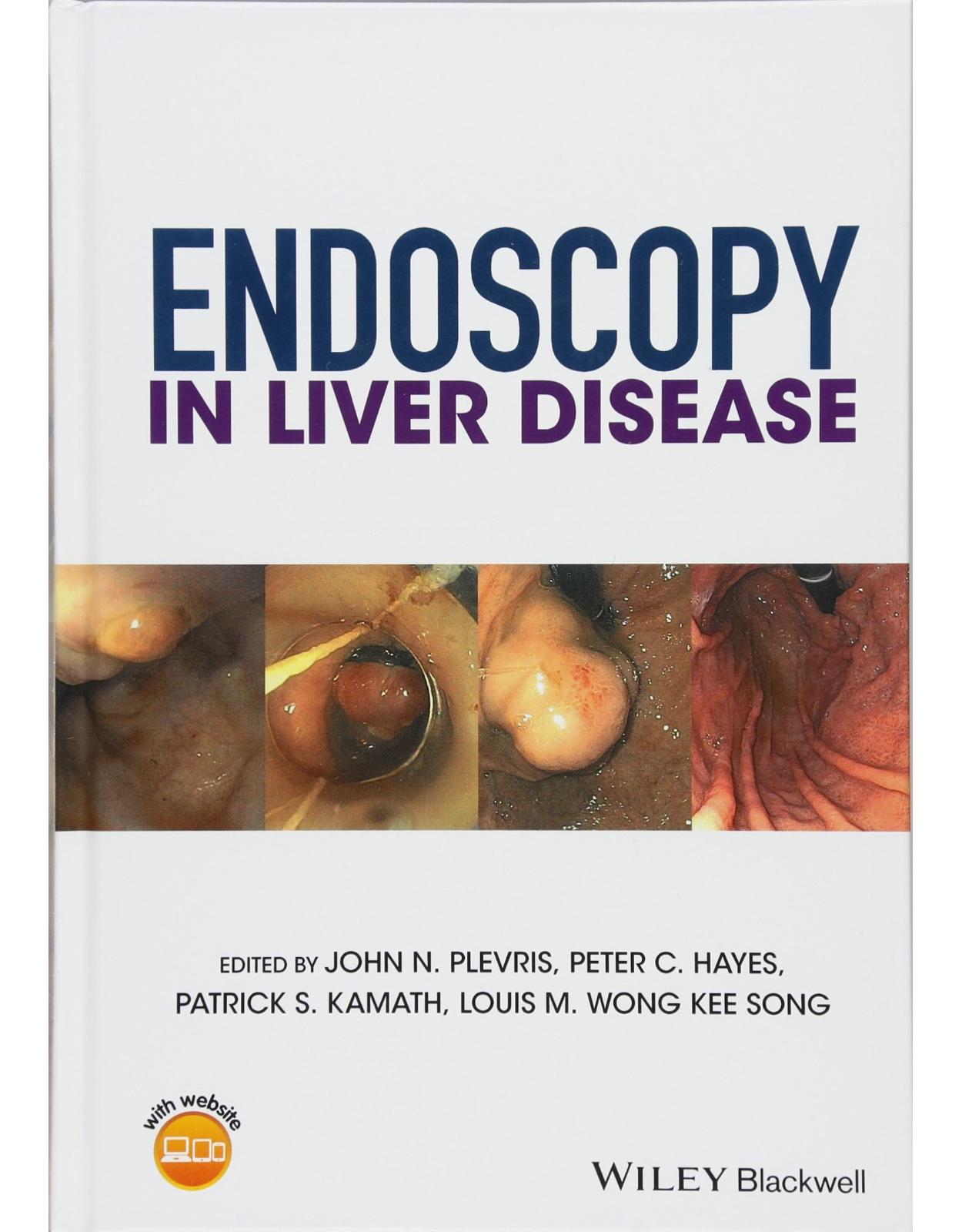
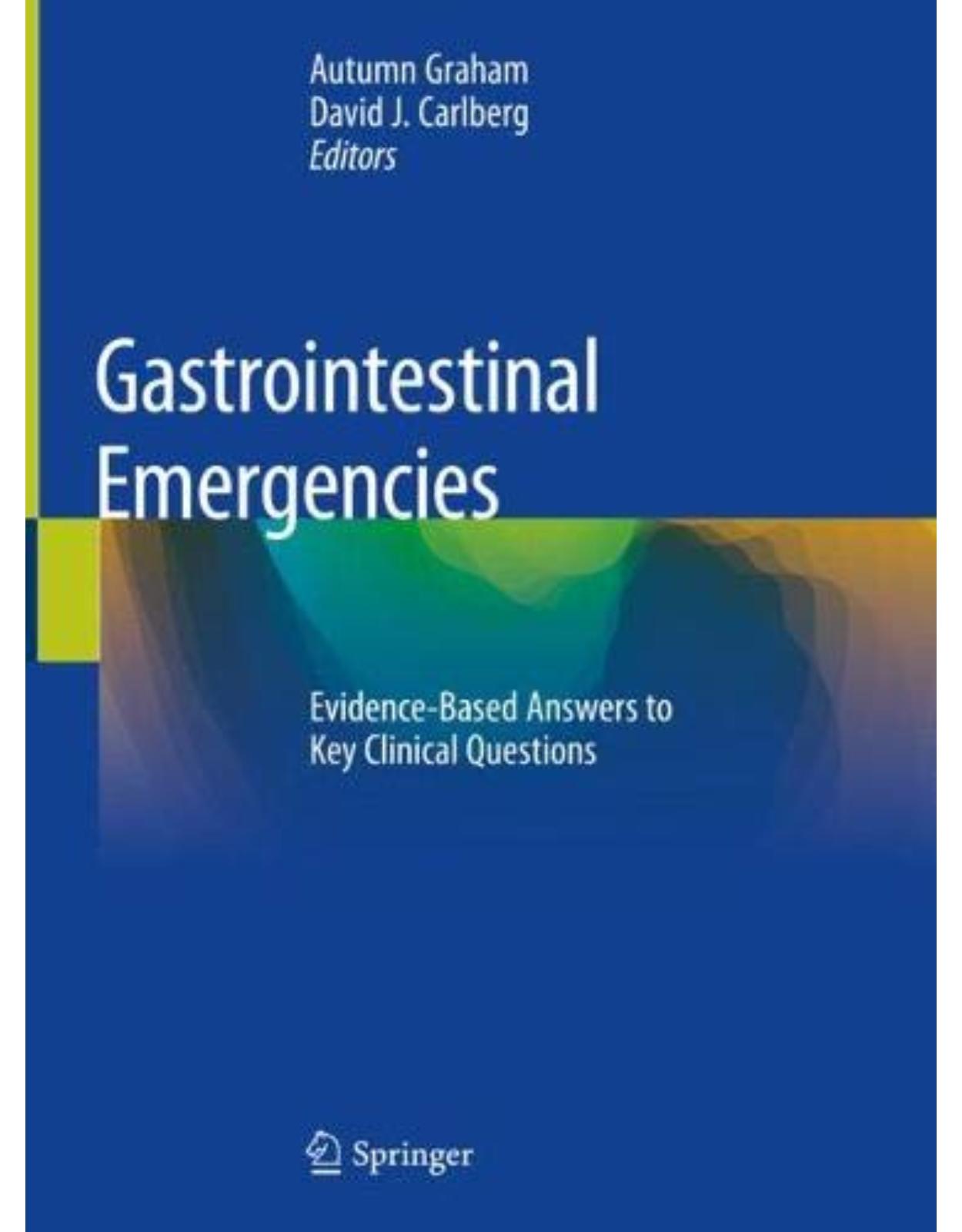
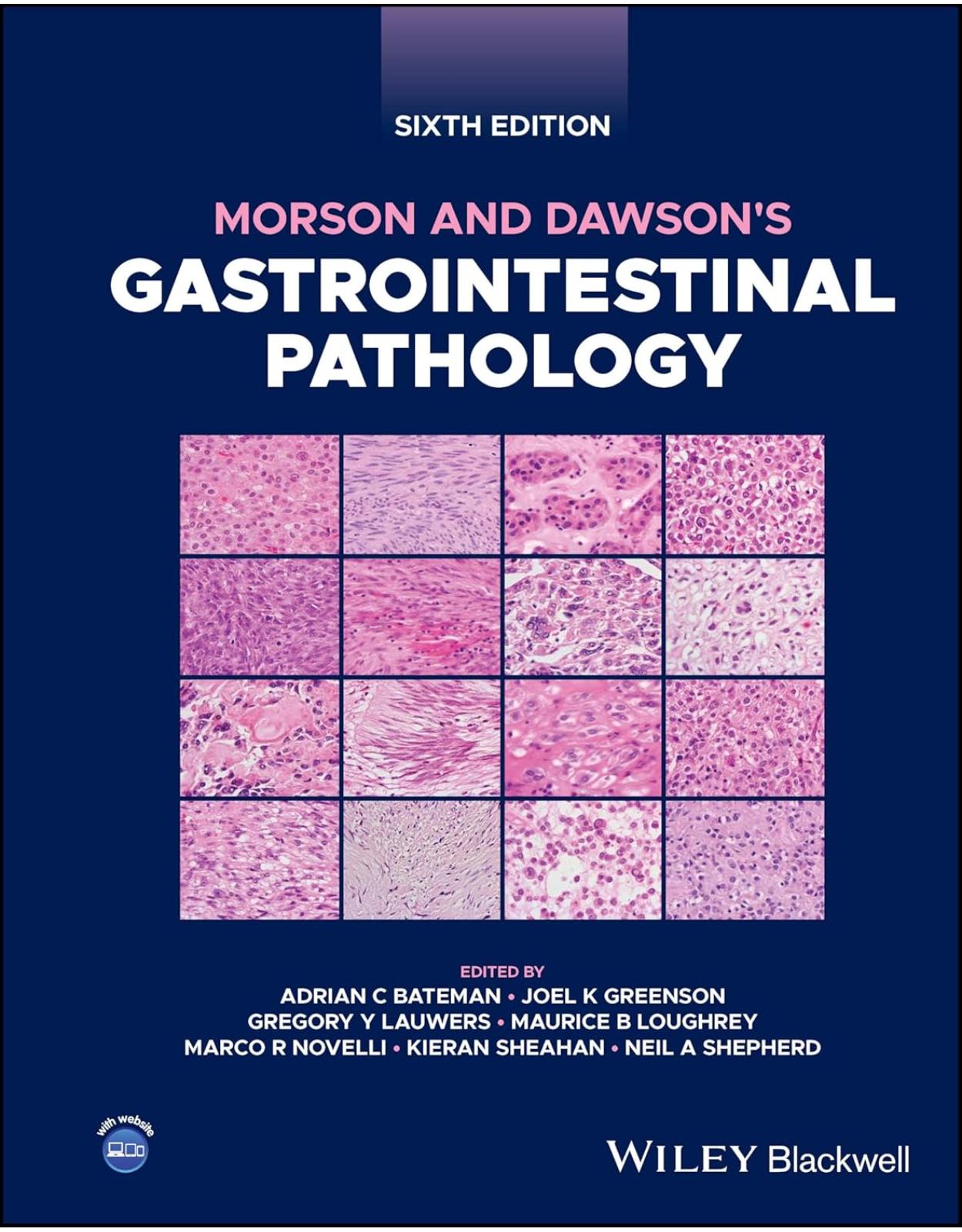
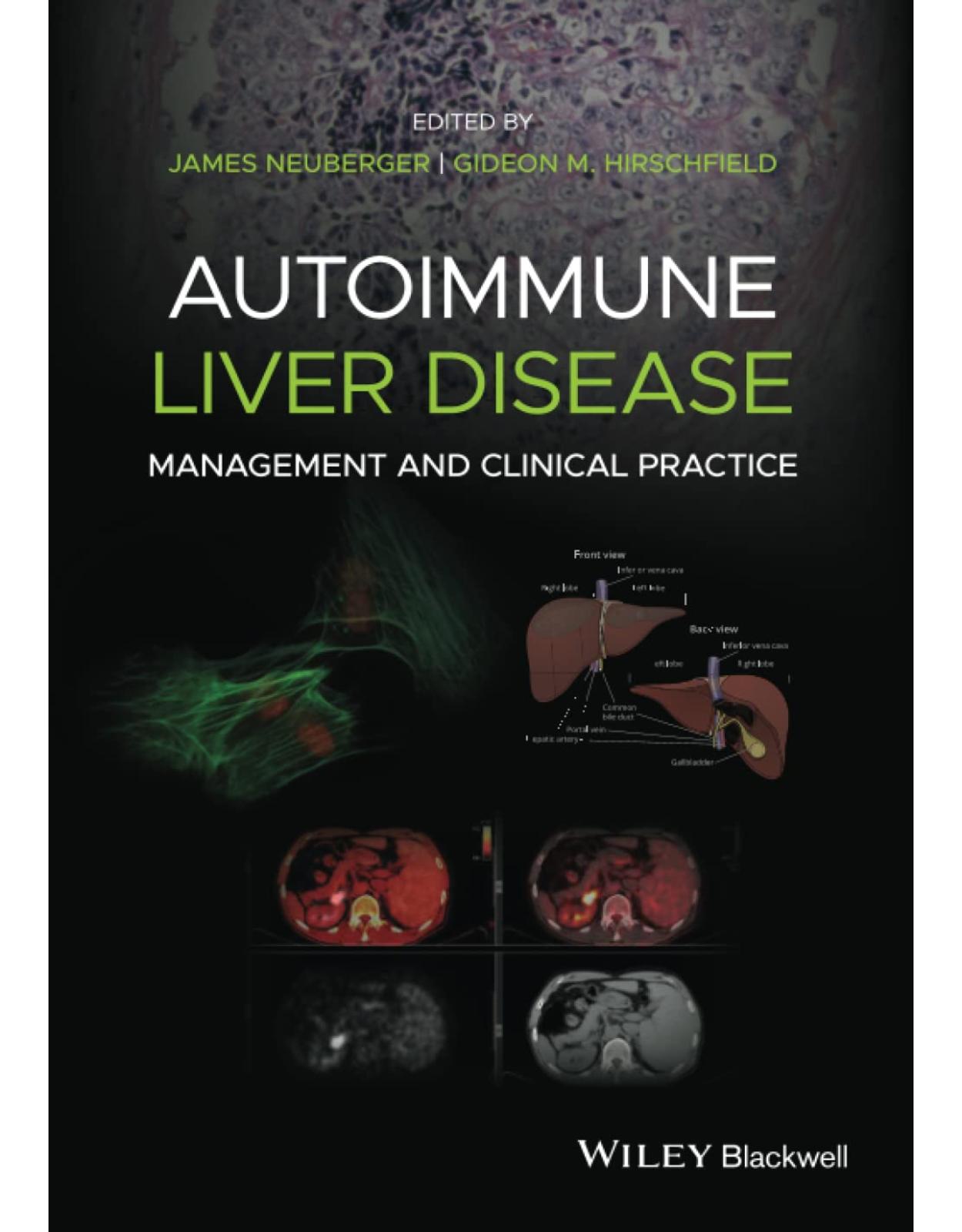
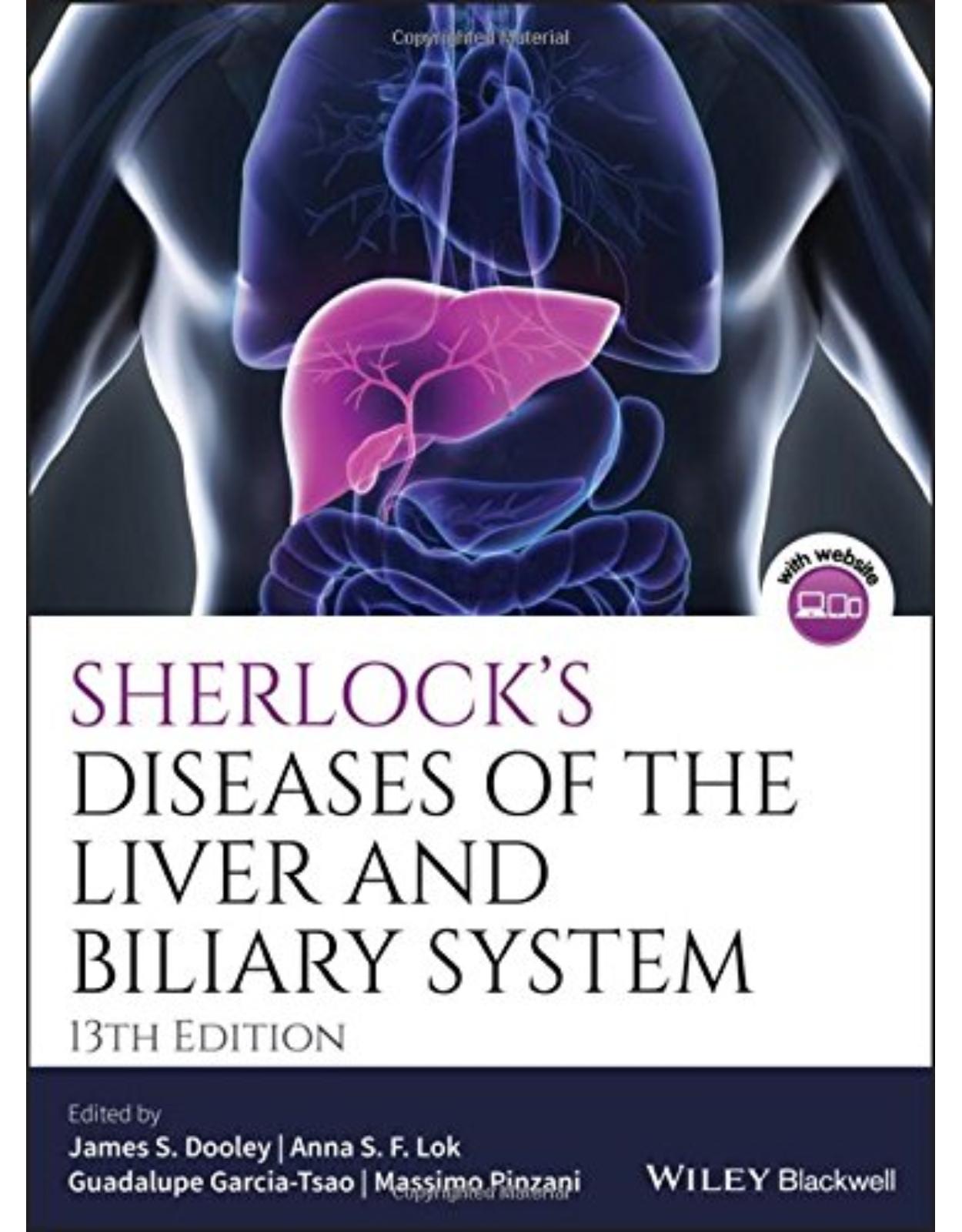
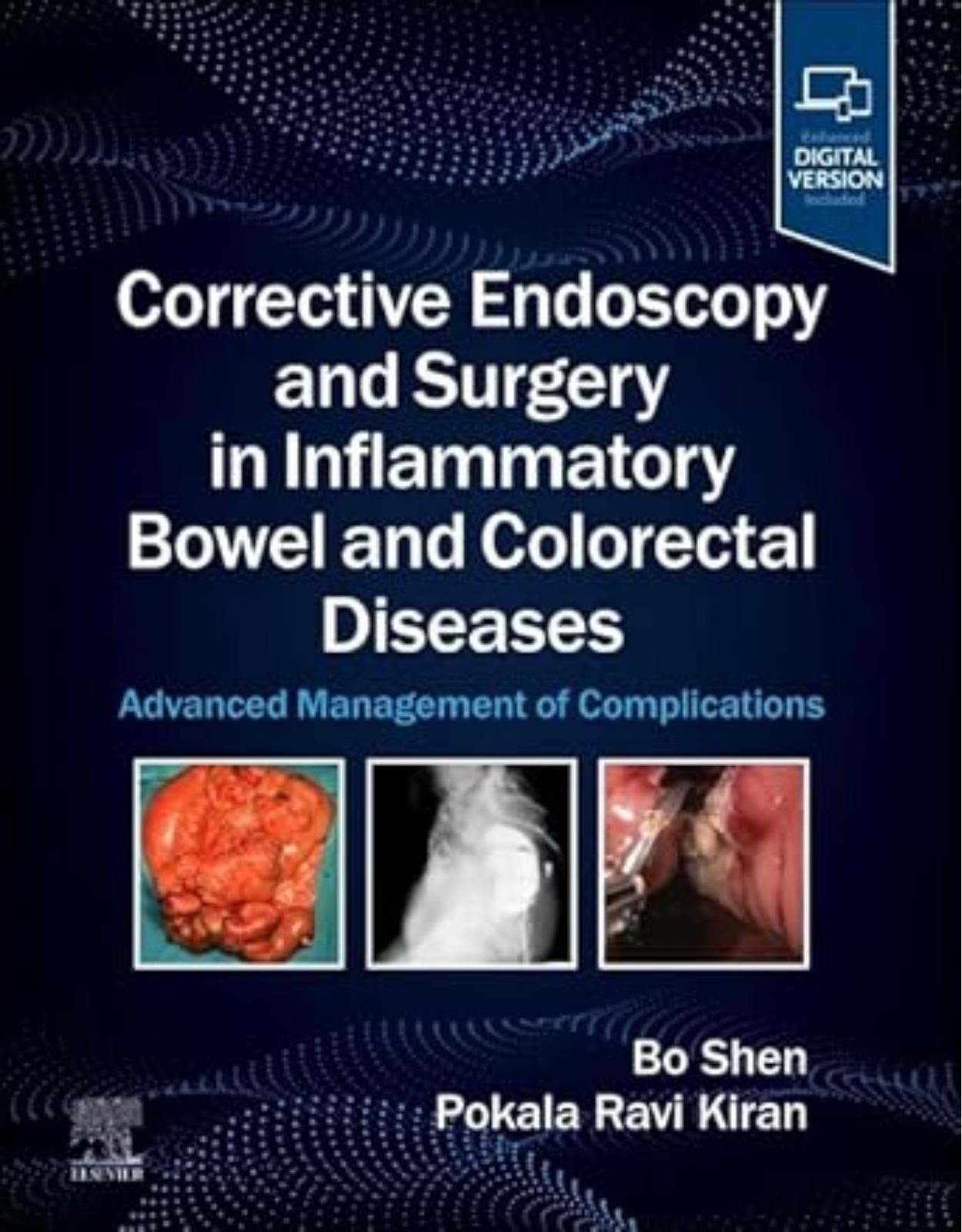
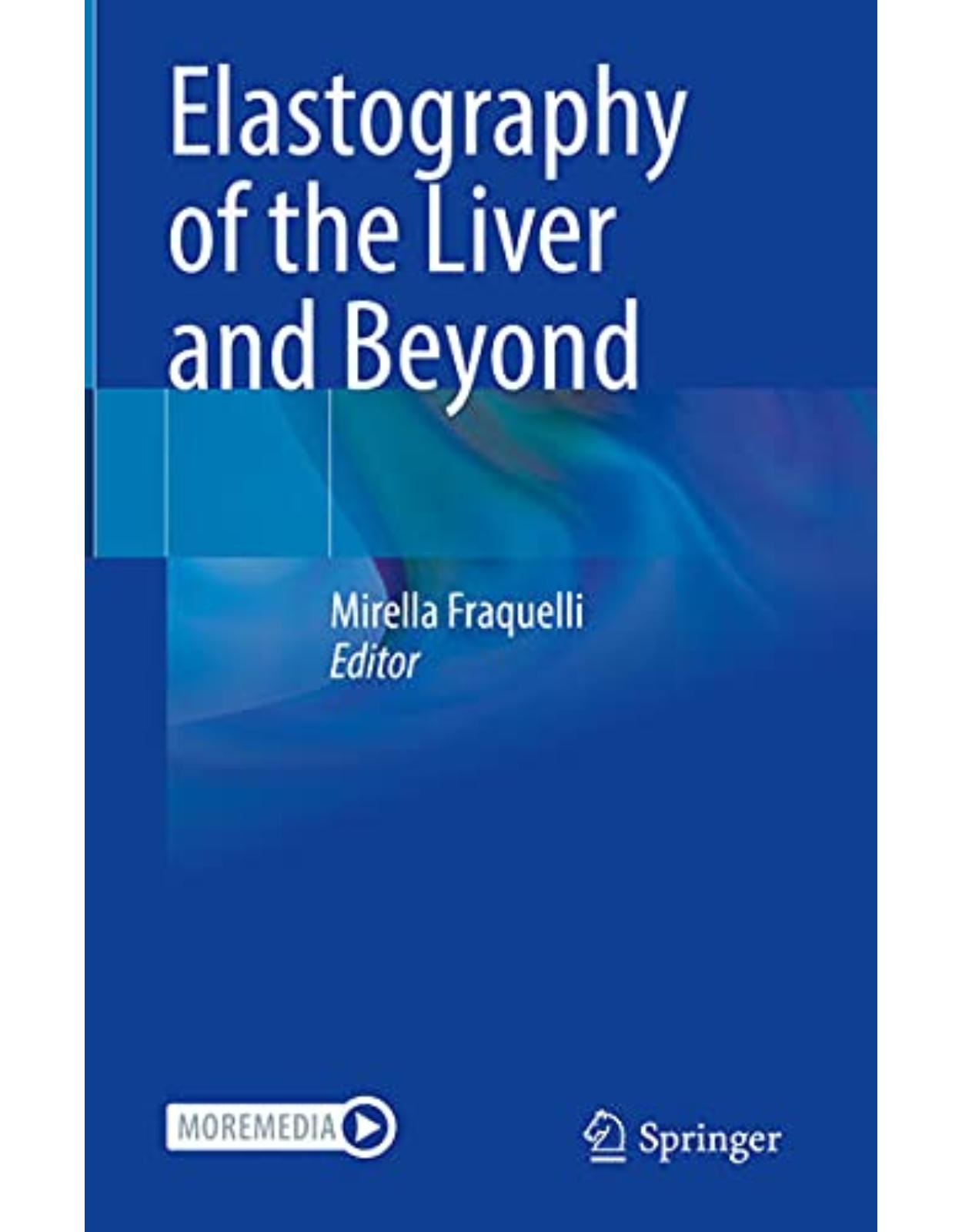
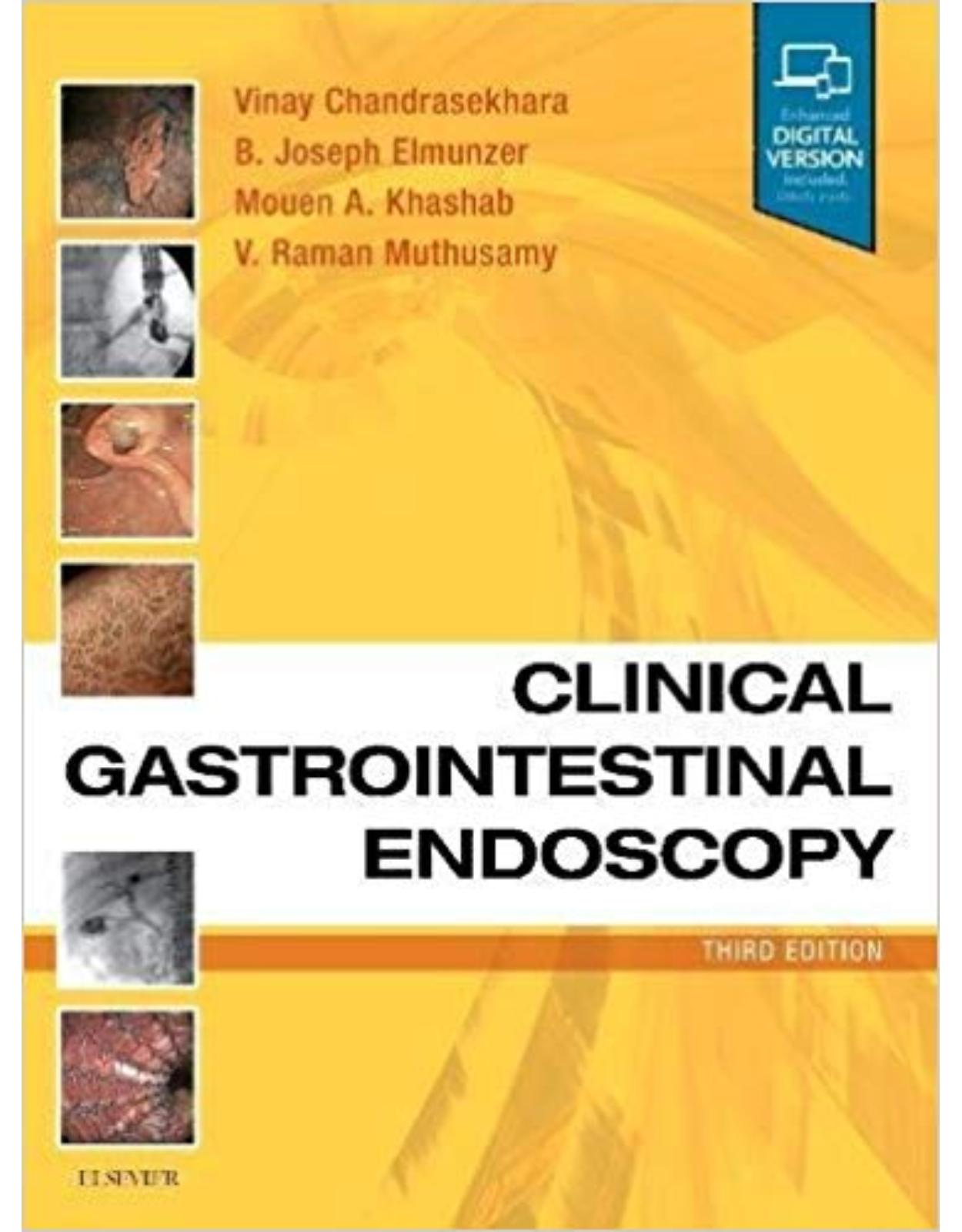
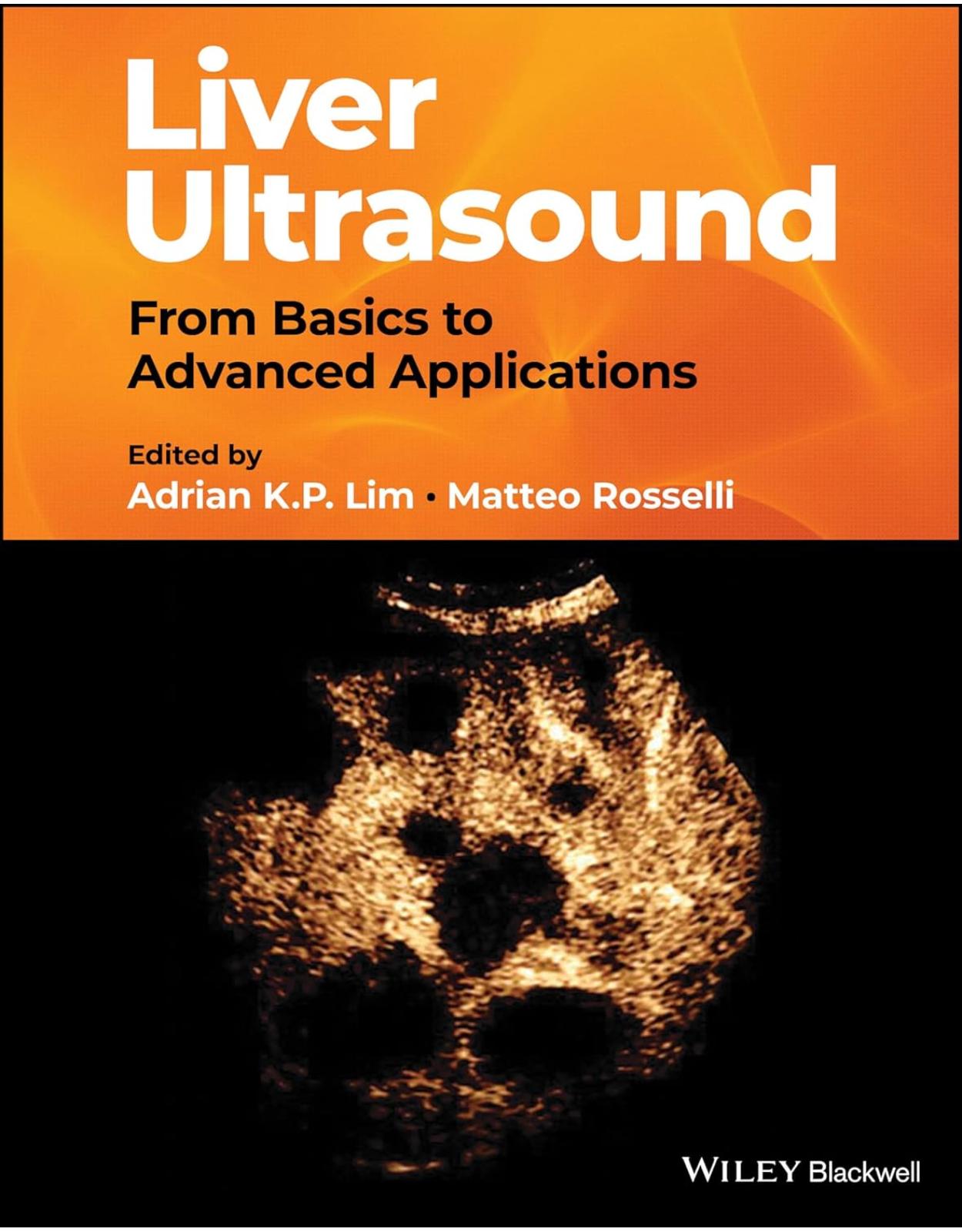
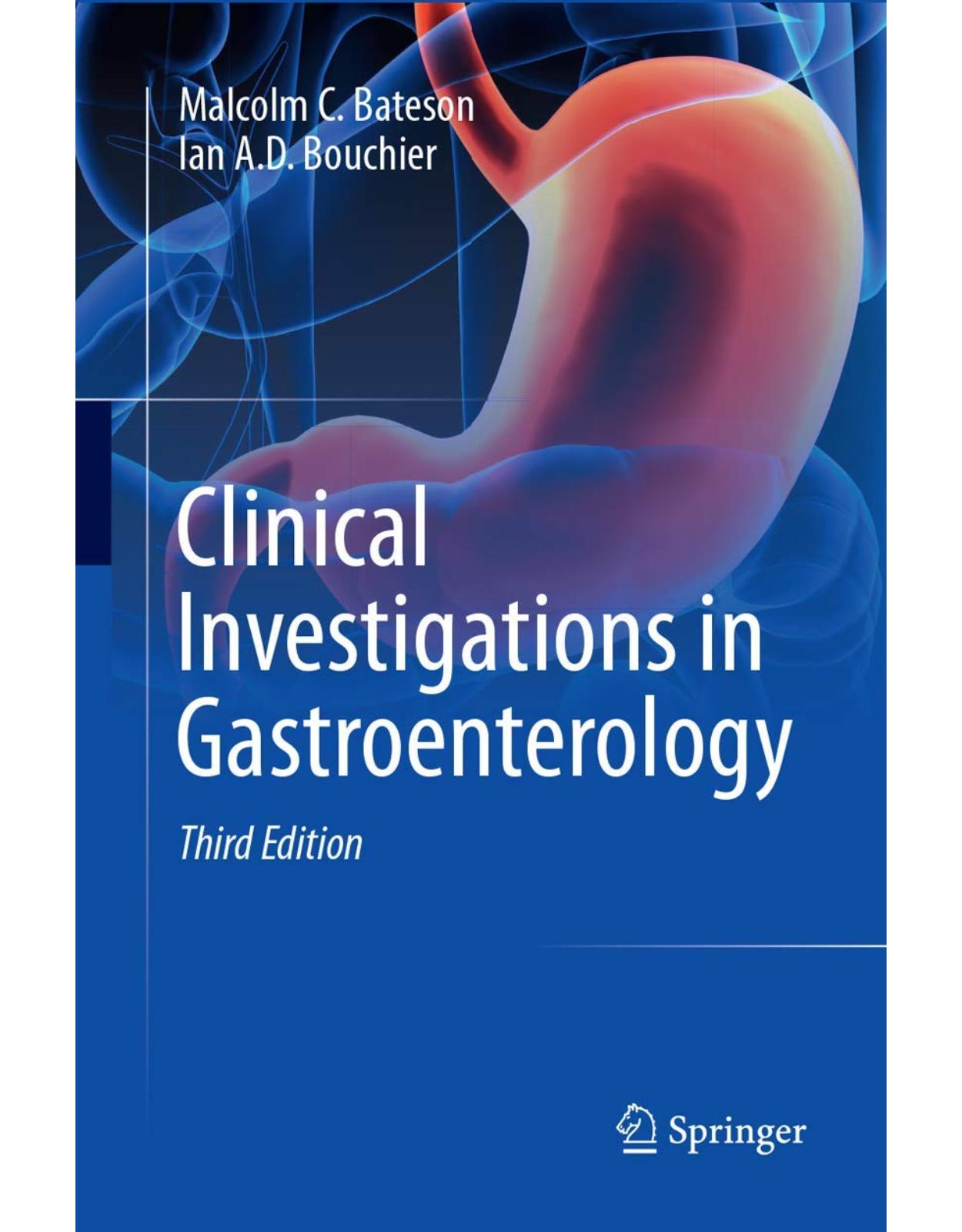
Clientii ebookshop.ro nu au adaugat inca opinii pentru acest produs. Fii primul care adauga o parere, folosind formularul de mai jos.